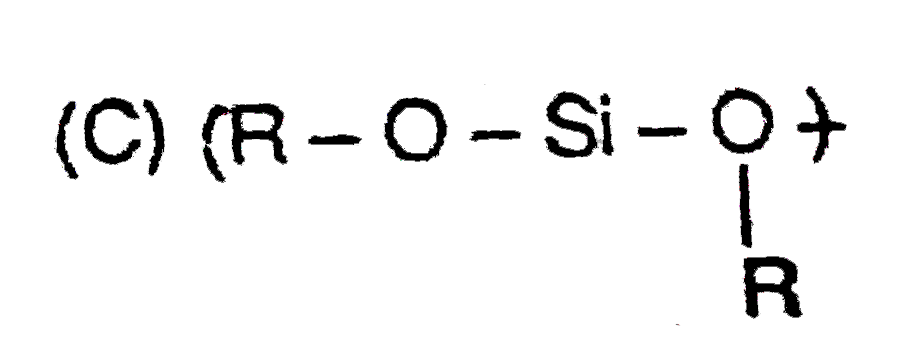A
B
C
D
Text Solution
AI Generated Solution
The correct Answer is:
|
Topper's Solved these Questions
MODEL SOLVED PAPER 2017
ARIHANT PUBLICATION JHARKHAND|Exercise SECTION III : MATHEMATICS |50 VideosView PlaylistMODEL SOLVED PAPER 2017
ARIHANT PUBLICATION JHARKHAND|Exercise SECTION III : MATHEMATICS |50 VideosView PlaylistMODEL SOLVED PAPER
ARIHANT PUBLICATION JHARKHAND|Exercise SECTION-II : CHEMISTRY|50 VideosView PlaylistMODEL SOLVED PAPER 2016
ARIHANT PUBLICATION JHARKHAND|Exercise SECTION B CHEMISTRY|50 VideosView Playlist
Similar Questions
Explore conceptually related problems
Knowledge Check
A
B
C
D
Submit
A
B
C
D
Submit
A
B
C
D
Submit
Similar Questions
Explore conceptually related problems
ARIHANT PUBLICATION JHARKHAND-MODEL SOLVED PAPER 2017-SECTION II : CHEMISTRY
- In a flame, which part of flame is called the luminous zone ?
Text Solution
|
Play - Which is the commonest gas in the atmosphere ?
Text Solution
|
Play - The noble gas forming maximum number of compounds is
Text Solution
|
Play - Respiration is an example of
Text Solution
|
Play - Chemical name of Nausadar is
Text Solution
|
Play - The followinguaedfor making the explosive of crackers is
Text Solution
|
Play - The formula of caustic soda is
Text Solution
|
Play - In Bosch process hydrogen is obtained from
Text Solution
|
Play - Anti-freeze is a mixture of
Text Solution
|
Play - Which of the following has highest melting point?
Text Solution
|
Play - Which of the following is a non meta!?
Text Solution
|
Play - In a period, the element with least atomic size is
Text Solution
|
Play - The oxidation number of iron in K4 [ Fe(CN)6] is
Text Solution
|
Play - In nuclear reactor, the controller rod is made of
Text Solution
|
Play - Substance used in preparation of blue· black ink is
Text Solution
|
Play - The example of thermosetting plastic is
Text Solution
|
Play - Silicon is
03:56
|
Playing Now - Crystalline solids are
Text Solution
|
Play - 'Methylated spirit' is
01:36
|
Play - Which of the following compound is likely to have orange flavour?
Text Solution
|
Play


